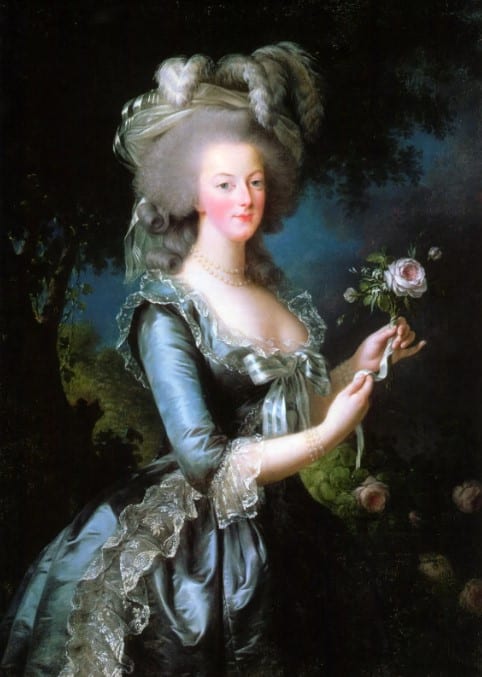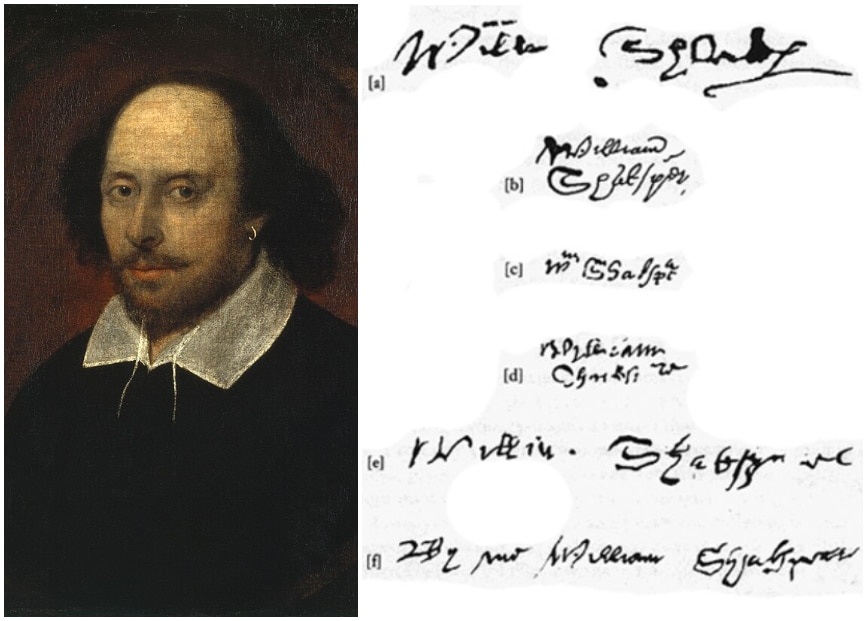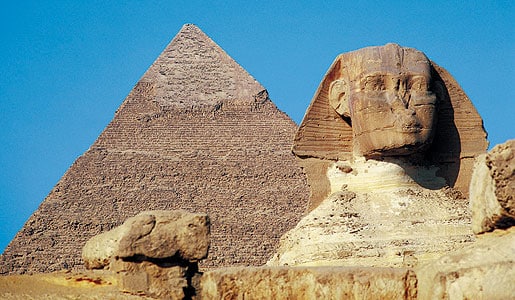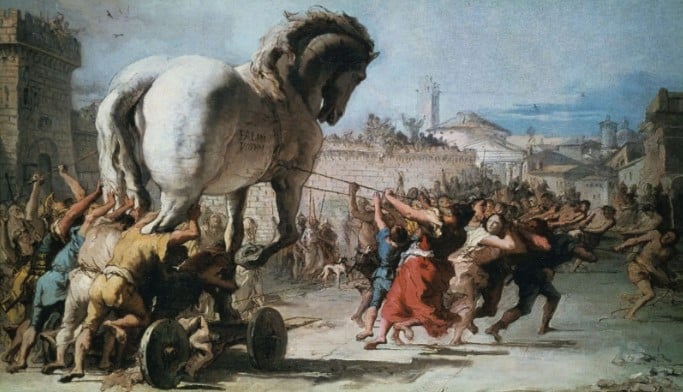6 Historical Stories That We Shouldn’t Believe 100%
Many historical stories and events have been adapted into movies or plays to provide us with a clearer understanding of ancient times. Sometimes, they’re embellished with romantic or dramatic details for entertainment purposes.
History doesn’t allow for inaccuracies. But, many misinterpretations of events and countless assumptions gradually become accepted as truth.
1. The pyramids weren’t built by slaves

From the start of the Old Kingdom around 2649 BCE, pyramids became a central part of Egyptian culture. These massive royal tombs, some towering over 300 feet, have long fascinated historians and the public alike. But who actually constructed these architectural wonders?
For years, it was widely believed that enslaved people built the pyramids, especially the famous Pyramids of Giza. This idea was contributed by the writings of the ancient Greek historian Herodotus, misinterpretations of the biblical Exodus, and numerous Hollywood films.
Modern archaeologists and historians believe that those who built the Pyramids of Giza are paid laborers, not enslaved people. Several archaeological discoveries support this theory.
For instance, the graves of deceased builders were found near the pyramids. These tombs were equipped with supplies for the afterlife, suggesting that the workers were respected and valued.
2. Marie-Antoinette didn’t tell the peasants to eat cake

In his 1783 autobiography Confessions, Jean-Jacques Rousseau tells the story of a “great princess” who allegedly said, “S’ils n’ont plus de pain, qu’ils mangent de la brioche”, commonly translated as, “If they have no bread, let them eat cake,” when talking about starving peasants.
This phrase is often wrongly attributed to Queen Marie-Antoinette, the wife of Louis XVI. However, Marie-Antoinette couldn’t have said it because she was only 9 years old and living in Austria at the time.
Another version suggests that she might have said the words without any scornful intent. At that time, there was a law requiring bakers to lower the price of expensive bread during a crisis. Perhaps the queen’s statement was misunderstood and she was referring to this law instead.
3. Shakespeare might never write a single piece

Most scholars agree that William Shakespeare was born in Stratford-upon-Avon and spent some time acting in London before returning to Stratford, where he lived until he died in 1616.
However, there is very little actual documentation of his life. We have records of his marriage to Anne Hathaway and the birth of their children, a three-page will, and some unrelated business papers.
Most importantly, there is nothing that directly documents the writing of great works including 36 plays and 154 sonnets.
In the absence of such “proof” of authorship, some skeptics have posed the question: How could a man of such humble origins and education come by such wealth of insight, wide-ranging understanding of complex legal and political matters and intimate knowledge of life in the English court?
Some wondered how a man of Shakespeare’s humble origins and limited education could possess such profound insight, vast knowledge of complex legal and political matters, and an intimate understanding of life in the English court.
Adding to the mystery, there is no consistent signature from the writer. Many of his works are signed differently, with variations like Shakespeare, Shake-speare, and even Shak-spear.
Since the 19th century, numerous famous figures—such as Henry James, Sigmund Freud, Mark Twain, Helen Keller, and Charlie Chaplin—have expressed doubts about the man from Stratford. This skepticism has spawned thousands of books and articles, each proposing different candidates for the true author of Shakespeare’s works.
Despite the controversy, great plays like “King Lear,” “The Tempest,” and “Macbeth” are still widely attributed to William Shakespeare.
4. The Sphinx of Giza lost its nose long before Napoleon arrived in Egypt

Some stories suggest that Napoleon’s troops blasted off the statue’s nose with a cannon upon their arrival in Egypt in 1798. However, travelers’ 18th-century drawings hint that the nose was already missing before the French campaign.
The nose might be deliberately destroyed by a Sufi Muslim in the 15th century as a form of protest against idolatry. Additionally, parts of the Sphinx’s royal cobra emblem from its headdress and its sacred beard have also broken off over time, with the latter now on display in the British Museum.
5. The library of Alexandria was ruined long before the famous fire

The ancient world suffered a significant loss with the destruction of the Library of Alexandria, once the greatest repository of knowledge. Historians estimate that it housed over half a million documents from various civilizations, including Assyria, Greece, Persia, Egypt, and India.
At its peak, the Library employed over 100 scholars who dedicated their lives to research, writing, lecturing, and translating texts.
Julius Caesar was blamed for the Library’s destruction. In 48 BC, while pursuing Pompey into Egypt, Caesar found himself trapped in Alexandria by the Egyptian fleet. He was desperate so he ordered the burning of ships in the harbor, inadvertently setting ablaze the area where the Library stood.
Caesar was outnumbered and in enemy territory, which led him to order that the ships in the harbor be set on fire which spread and destroyed the Egyptian fleet. Unfortunately, it also burned down part of the city – the area where the great Library stood. Interestingly, Caesar wrote of starting the fire in the harbor but neglected to mention the burning of the Library which proves little since he was not in the habit of including unflattering facts.
However, the reality was that Caesar had little to do with the Library’s demise. Even before his arrival, it had suffered damage from previous enemies and religious extremists.
Yet, the true reason for the Library’s downfall was more mundane: the state gradually slashed funding for its upkeep. Scholarships were cut, and foreign scholars were barred from entry. Eventually, the library fell into neglect and abandonment.
6. The Trojan Horse was just a myth

Many myths and legends surround the story of the Trojan War, with Homer’s The Iliad and Virgil’s The Aeneid being the main sources of information.
Some researchers question the existence of the famous wooden horse, suggesting it may have been a ram or a siege weapon instead. Others propose that the Trojan Horse could have been a metaphor for an earthquake that destroyed Troy’s walls.
Oxford University classicist Dr Armand D’Angour says, ‘Archaeological evidence shows that Troy was indeed burned down; but the wooden horse is an imaginative fable, perhaps inspired by the way ancient siege-engines were clothed with damp horse-hides to stop them being set alight.’
In any case, the story of the horse seems to be just a story after all.

